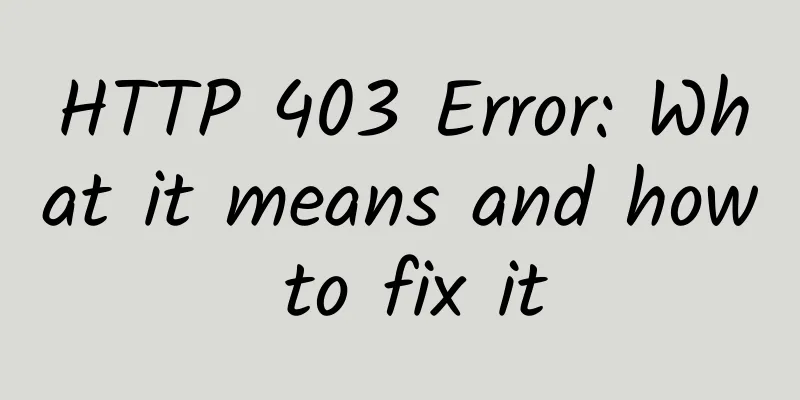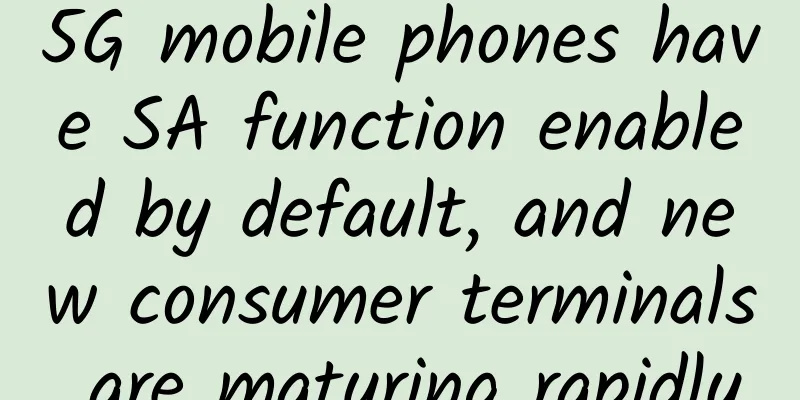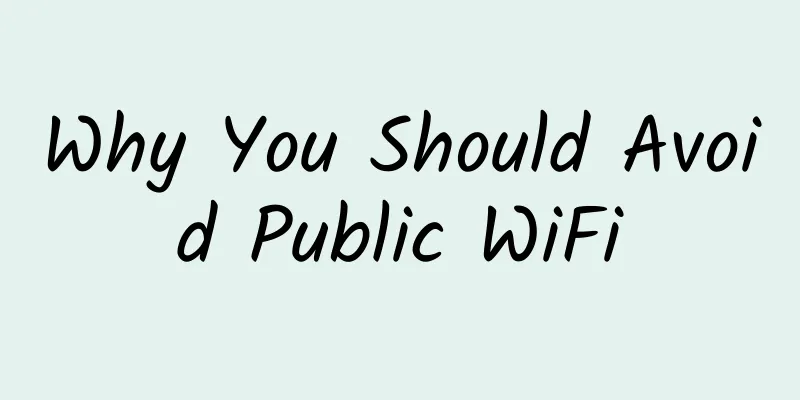HTTP 403 Error: What it means and how to fix it

|
While we’re all so used to 404 Not Found pages, and even when we encounter one, we’re relieved by seeing a cute placeholder page, one of the more confusing errors is the 403: Forbidden response.
What does this mean? In short: the server has determined that you are not allowed to access the content you requested. According to RFC 7231: The 403 (Forbidden) status code means that the server understood the request but refuses to authorize it... If authentication credentials were provided in the request, the server considers them insufficient to grant access. The 403 response falls into the 4xx range of HTTP responses: Client Error. It means that you or your browser did something wrong. If you encounter this, it usually means that you have authenticated with the server, that is, you are logged in, but the resource requested requires a higher privileged user to access. The most common case is that you may be logged in as a standard user, but you cannot access the management page. How to solve it? 1. As a user without access to the server, you really only have a few options: Authenticate with a more appropriate account, Again, per RFC 7231: If authentication credentials were provided in the request, the server considered them insufficient to grant access. The client SHOULD NOT automatically repeat the request using the same credentials. The client MAY repeat the request with new or different credentials. This is the only solution that will give you an immediate resolution. 2. Notify the website owner: If you want to access a resource, but you still get a 403 error, then it would be wise to let the development team behind the site know that it might be their mistake. Once again, from RFC 7231: A request might be forbidden for reasons unrelated to the credentials. A common reason for this to happen unexpectedly might be that the server uses an allow list or deny list for specific IP addresses or geographic regions. They might have a good reason for blocking your access outside of strictly defined parameters, but it might also be an oversight. 3. Give up: Give up access to the resource. |
<<: 4 ways 5G will change our lives
>>: HTTP 401 Error vs HTTP 403 Error – Status Code Response Explanation
Recommend
iWebFusion: 10Gbps high bandwidth server starting at $149 per month, with 1Gbps unlimited traffic as an option
iWebFusion is a website of H4Y, a well-establishe...
Impact of 5G Networks on Fiber Cabling Requirements
By Kara Mullaley, Corning Inc. [[394802]] 5G netw...
HawkHost: $5/month-1GB/30G SSD/2TB/Singapore, Hong Kong, Los Angeles and other data centers
When we talk about HawkHost, the first thing that...
Why do you need to master the data center structure diagram?
The computer room of a data center often encounte...
Verizon is embarrassed: 5G speed is slower than 4G
According to foreign media, PCMag recently tested...
Using tunneling protocol to achieve transparent communication between different dubbo clusters
[[375332]] Preface The author has recently comple...
After running blindly, how much money did operators make from 5G?
[[347740]] Recently, China Mobile and China Unico...
Sharing of practical experience on routing technology pitfalls, have you learned it?
With the rapid development of information technol...
RepriseHosting: $27.97/month-L5640/16G memory/240G SSD/1Gbps bandwidth/Seattle data center
RepriseHosting is a foreign hosting company estab...
EtherNetservers: Los Angeles VPS hosting starting from $12/year, supports Alipay/PayPal
In the past two years, fewer and fewer merchants ...
Say goodbye to manual editing: How to quickly create an Ansible hosts file with Python?
In the field of automated operation and maintenan...
Crisis! Crisis! The epidemic is a “crisis”, 5G is an “opportunity”
A sudden encounter with the pneumonia epidemic re...
Germany to remove Huawei equipment from its 5G mobile network
Germany plans to completely remove Chinese-made c...
ArticHost: $3.19/month KVM-2GB/60GB/100M unlimited traffic/Chicago data center
According to information from LEB, ArticHost is a...
my country's 5G is still in the introduction stage, and integrated applications are still in the running-in stage
Statistics show that by the end of 2020, about on...

![[11.11] Maxthon Hosting 6.8% off, US/Korea/Japan/Hong Kong VPS monthly payment starts from 34 yuan, top up 660 yuan and get 110 yuan](/upload/images/67cabd0a5bb1a.webp)







